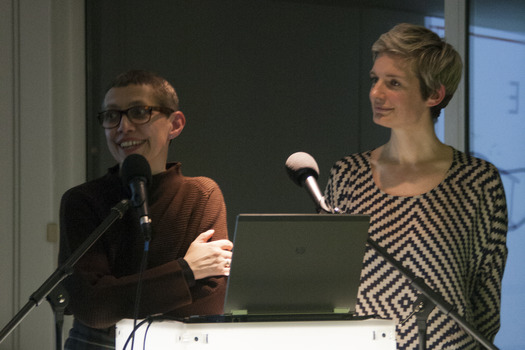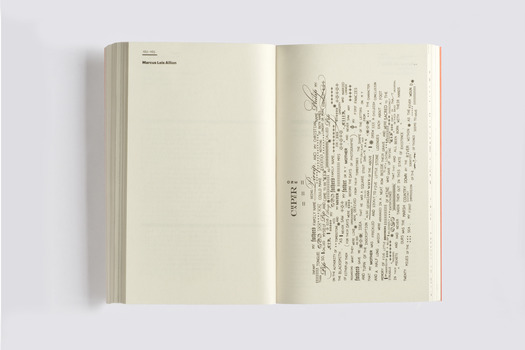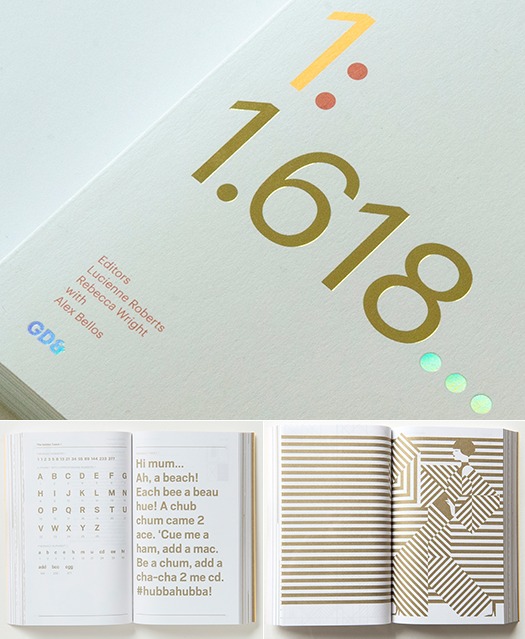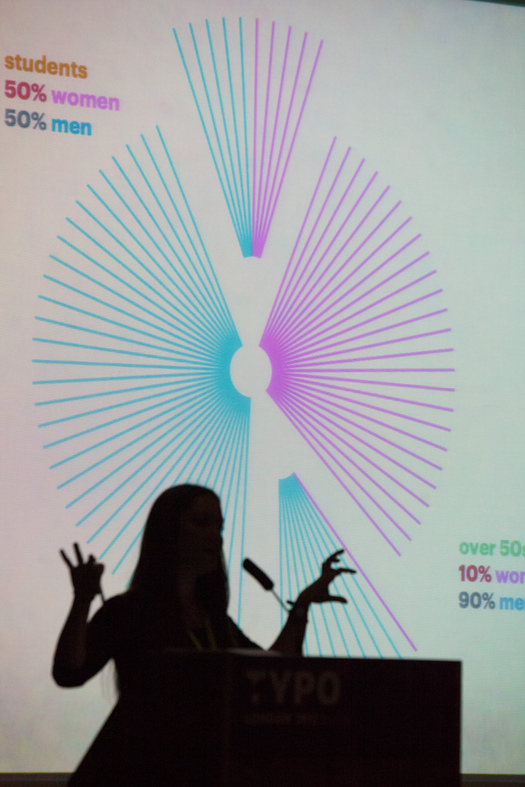
Lucienne Roberts and Rebecca Wright.
GraphicDesign& is a pioneering publishing house that publishes books and papers, hosts events and uses its online presence to explore the symbiotic nature of our practice and celebrate how graphic design is always inextricably partnered with something else. GraphicDesign& was founded by designer Lucienne Roberts (studio LucienneRoberts+, London) and design educator Rebecca Wright (Programme Director, Graphic Communication Design, Central Saint Martins, University of the Arts London).
The idea for GraphicDesign& came about when we were writing Design Diaries: Creative Process in Graphic Design for Laurence King Publishing in 2010. Sheltering in a café on a rainy research trip to Amsterdam we found ourselves enthusing about how the design projects in the book really showcased what graphic design does best — connect to the wider world — and discussing our frustration that this outward-looking aspect of our profession is rarely made explicit.
From the outset, our motivation with GraphicDesign& was to provide an alternative to the largely peer-to-peer nature of graphic design publishing and debate. GraphicDesign& takes as its premise that one of the most interesting things about graphic design is its relationship to everything else and that there is therefore value in engaging a wider public in understanding the practice and purpose of graphic design. GraphicDesign& is a platform that provides the opportunity to explore graphic design’s ability to speak about and shape the world — and to engage designers and non-designers in this process.

Each project is conceived as a collaboration between subject experts and graphic designers, forging a cooperative and exploratory relationship. Our first book was a GraphicDesign& Literature title. Page 1: Great Expectations saw 70 designers lay out the first page of Charles Dickens’ Great Expectations. We chose this text as its subject matter was so apt: the orphan Pip imagining the personalities of his dead parents from the styles of the lettering engraved on their headstones. Published in 2012 on Dickens’ bicentenary, its aim was to reveal the power typography has to influence and affect the way we all interpret a text and demonstrate how rich and varied this process can be.

Page 1 design by Barnbrook. Photo by Richard Hubert Smith.

Page 1 design by Marcus Leis Allion. Photo by Richard Hubert Smith.
Page 1 received considerable coverage in the design press, and significantly for us, also featured in non-design and mainstream journals including the Atlantic, Huffington Post and Guardian online, confirming our suspicion that a broader audience would be interested in this graphic experiment. The comparative nature of Page 1 meant that it was popular as a learning tool, not just for graphic design students to compare and contrast the qualities and tone of typeface and layout but also, we discovered, for students studying English. Our literature expert and Dickens scholar Professor Robert Patten of Rice University US, used examples from the book in his teaching on the multiple endings of Great Expectations, to ‘help students think about the opening to which any ending must relate’. It was one of Design Observer’s Best 50 Books for 2012, continues to sell well and is now in its second edition.
Buoyed by this success we have recently published Golden Meaning, a GraphicDesign& Mathematics title, developed and edited in collaboration with popular maths writer Alex Bellos, author of bestselling Alex’s Adventures in Numberland (published as Here’s Looking at Euclid in the US). Taking the golden ratio as its subject because of its long-standing importance to both design and science, the book features the responses of 55 (think Fibonacci) designers and illustrators to the challenge to visually communicate and explore this mathematical concept. New works by designers including George Hardie, Alan Kitching, Elizabeth Kopf, MGMT.design, Hamish Muir, Mike Perry, Dean Poole, R2, Catherine Zask, Moniker, Kapitza, Bibliothèque and Luxury of Protest tackle the brief with intelligence, style and a generous pinch of wit, employing sculpture, poetry, cosmology and even cuisine.

Golden Meaning. Top: Cover. Bottom left: Design by Malika Favre. Bottom right: Design by MGMT. Photos by Richard Hubert Smith.
Working with Alex Bellos proved particularly satisfying. Not only could he check the maths of some of the more complex submissions, he also had natural sympathy with our central mission. As a popular maths writer he is, as he writes in his introduction to the book, ‘always trying to make abstract ideas accessible and fun’. The contributions to Golden Meaning are by turns intriguing, informing and entertaining and, we hope, persuasive in presenting graphic design as a versatile and valuable medium for piquing curiosity, enhancing insight and extending understanding.
We embarked upon GraphicDesign& with a lot of enthusiasm but also a certain amount of trepidation — what if the experts we approached didn’t share our view that graphic design could add something to their subject? What if we underestimated the interest designers have in subjects outside their own? How would working collaboratively with non-designers actually work? We have in fact been continually delighted by how engaged our contributors are by the concepts and challenges of GraphicDesign&, and how valuable the expert insights have been in shaping our outputs. We re-structured Page 1 based on Professor Robert Patten’s observation that it would be more meaningful to group the responses thematically, Alex Bellos matched our excitement at seeing the golden ratio re-imagined and as we explore new subject areas we are finding that there are many experts out there interested in having a creative dialogue about graphic design.

Nikandre Kopcke. Photo by Jason Wen.
One of our next projects is a GraphicDesign& Social Science title that turns the lens of this other discipline onto graphic design itself. This project will be participatory and involve surveying graphic designers based in the UK and US about their working lives. We’re fascinated to see what another subject might reveal about who graphic designers are, what it is that we do and why — with the help of graphic design to present and illuminate the findings, of course.
Projects related to religion and medicine are also in the pipeline, and with each GraphicDesign& title we hope to progressively make the case for the value of graphic design and to position — or reposition — it in the wider world. We’ve deliberately set ourselves a framework where the possibilities of combinations and collaborations of GraphicDesign& with other subjects are limitless. This brings considerable challenges, not least because every project involves a new partnership with a different subject expert, with all the relationship building and new learning that entails, and a new related audience for us to reach. Our goal however is steadfast: to explore and promote the potential of graphic design.
